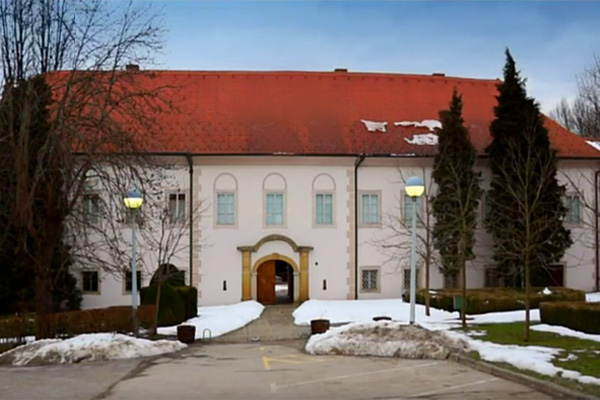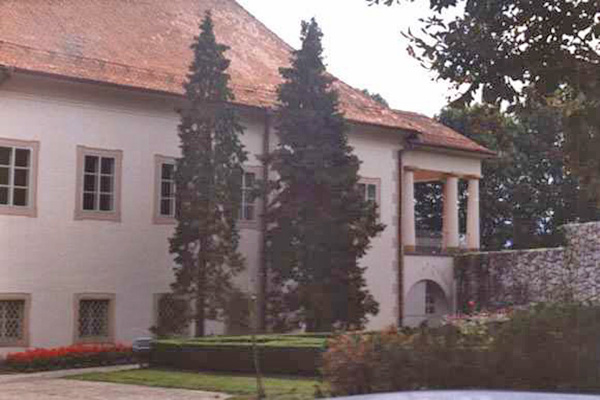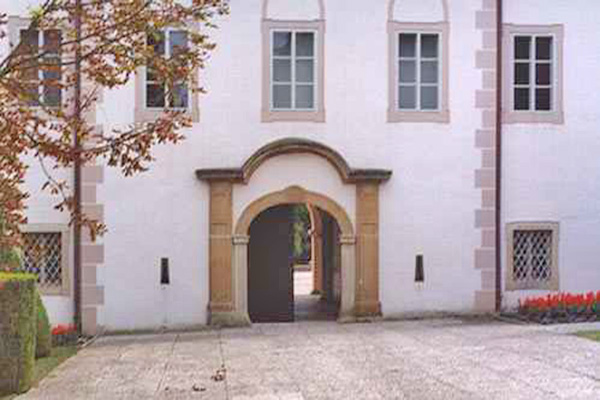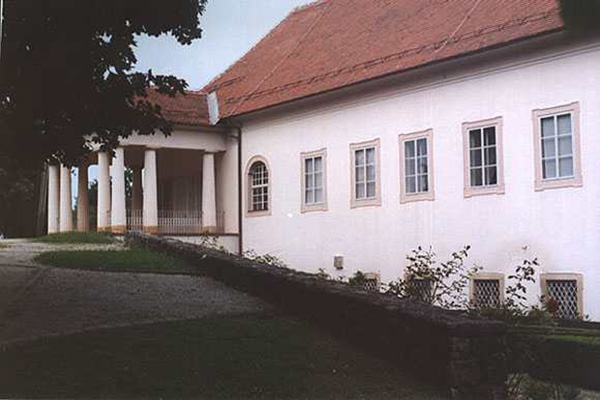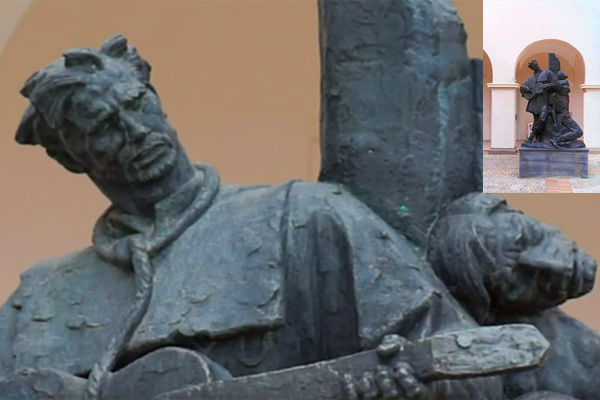Travel Croatia
ZAGORJE
RomWell Travel Advisory
Castle Orsic in Gornja Stubica
Castle Orsic was built in 1756 by Croatian count Krsto Orsic (1718-1782) and his wife Josipa on the site of a previous fortress Samci from 12th century. Situated on the hill, the castle is built in L-shape, in baroque stlye, and the third wing used to be connected to the older fortress.
After a large earthquake in the 19th century, a classicist porch with a tympanum and Doric columns was added to the castle. Inside there is a well-preserved chapel with illusionist murals and an illustrated baroque altar.
The castle was the feudal residence of the Orsic family, until the last members relocated in 1924. A primary school was situated in a part of the castle for some time after that, and a local peasant's cooperative society as well.
At the end of the sixties and the beginning of the seventies, the castle was thoroughly renewed and transformed into a Museum of the Peasants' Revolt, which deals with a tragic event that occurred in 1573 in this area.
Around the castle there is a park with a huge monument dedicated to the Peasants' revolt and to its leader Matija Gubec, made by a prominent Croatian sculptor Antun Augustincic.
Related Links:
Explore pictures...

